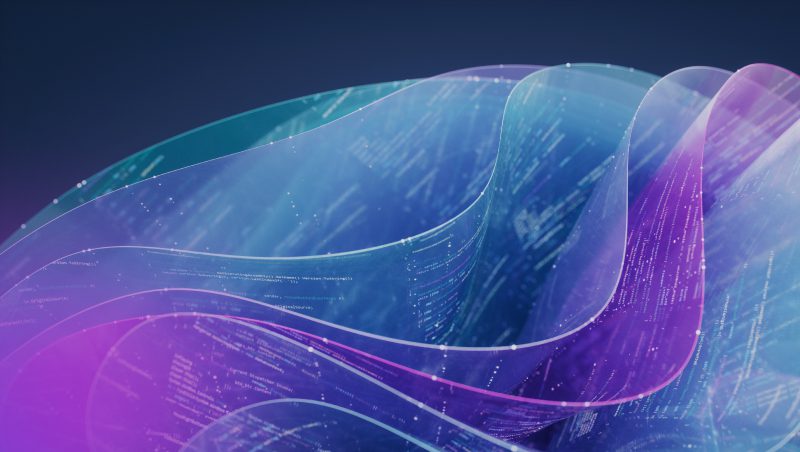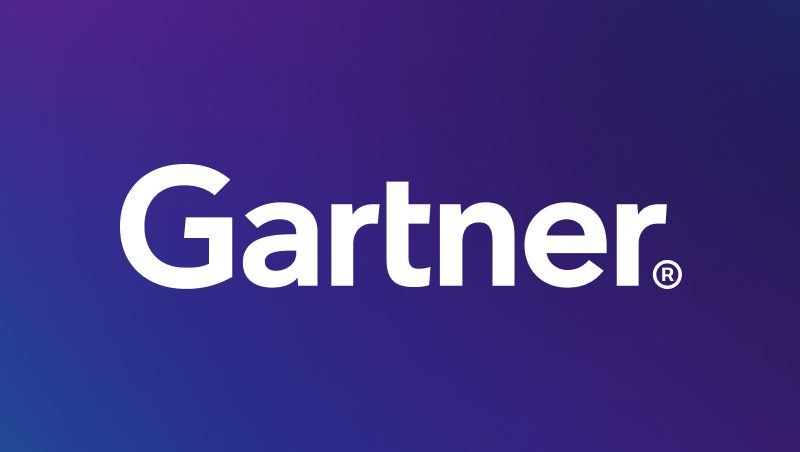Building Trust in AI: How Agentic AI is Transforming SecOps
Cybersecurity professionals face a relentless challenge: threats evolve rapidly, but defenses often lag behind. While AI has long promised efficiency and speed, more traditional deterministic automation — even when aided by AI models — have fallen short, restricted by rigid, rules-based frameworks that require constant human oversight. Agentic AI offers a new path forward.
By making autonomous decisions, conducting investigations without waiting for human prompts, and continuously learning from its environment, Agentic AI empowers security teams to operate at machine speed. But its success hinges on one key element: trust. In this blog, we’ll explore how Agentic AI differs from traditional models, its transformative impact on SecOps, and why building trust is foundational to its adoption.
What Sets Agentic AI Apart?
Deterministic automation follows predetermined rules—”if this, then that” logic—even when we use more traditional ML models or approaches (even LLM-based ones) to solve some of the tasks. Their capabilities are largely reactive and limited to the scope of their training data.
AI-assisted systems, meanwhile, are designed to support and enhance human decision-making. They work alongside analysts, automating specific tasks, offering insights, or recommending next steps. But they still depend on human input and oversight—the final call remains with a person. Think of medical diagnostic tools that flag anomalies, customer service chatbots that follow scripts, or recommendation engines used in retail.
Agentic AI, by contrast, takes a meaningful leap in autonomy. It can perceive context, evaluate options, make decisions, and take action independently. These systems understand and adapt to complex environments, learning from experience to improve over time. In cybersecurity, this means that Agentic AI can drive investigations, determine which paths to pursue, and only escalate to human analysts when needed.
This shift—from AI that helps to AI that acts—is fundamental to transforming how SecOps teams operate under pressure.
The Ontinue Difference: Hypothesis-Driven, Analyst-Inspired AI
Much of the security industry still clings to the idea that AI’s job is to ingest vast amounts of data and magically surface threats. This “just throw data at it” mindset has proven ineffective—even with large language models in the mix.
Ontinue takes a different approach.
Rather than trying to sift through oceans of raw telemetry, Ontinue’s Agentic AI follows a hypothesis-driven model, inspired by how seasoned analysts think. It starts with the alert—the “symptom”—and works backwards, asking: What behaviors, processes, or techniques could have caused this? Much like a detective solving a crime, the AI investigates by narrowing down the problem space, not expanding it.
This allows Ontinue’s platform to:
- Work efficiently, processing only the most relevant data instead of everything.
- Arrive at conclusions faster, mimicking the critical thinking paths of a skilled SOC analyst.
- Maintain precision, reducing false positives and ensuring meaningful escalations.
This is the core of how Ontinue delivers smarter, faster, and more trustworthy security outcomes—by teaching AI to investigate with intention.
A Three-Pillar Approach to Automation
Ontinue’s automation strategy isn’t a one-size-fits-all deployment of AI. It’s a multi-layered system built around three key pillars—each designed to balance trust, scale, and efficiency in incident management:
1. Deterministic Automation
These are predefined workflows for known incident types—built and vetted by Ontinue’s SOC and automation teams. They offer high reliability and precision, ensuring consistent outcomes for repeatable scenarios. The tradeoff? These workflows are highly specific and require manual development, which can limit scalability.
2. AI-Assisted Analysis
This is where tools like Ion IQ come into play—enhancing analyst capabilities with AI-generated insights. These systems estimate risk levels, identify patterns across customers, and surface context that would otherwise take hours to find. While scalable, these insights are always validated by human analysts to ensure quality and correctness.
3. AI SOC Agents
This is the frontier of Ontinue’s innovation: autonomous investigators that build on data enriched through earlier automation layers. They act independently to explore the “why” behind alerts, following hypothesis-driven paths without waiting for human input. These investigations scale quickly and uncover nuanced findings—but critical decisions still require a human-in-the-loop for validation and action.
By layering automation this way, Ontinue ensures that even as tasks become more autonomous, they never lose reliability or oversight.
Real-World Impact on SecOps
Security Operations (SecOps) is where Agentic AI proves its worth daily. Here’s how Ontinue’s approach is changing the game:
- Analyst-Inspired Investigations: Rather than passively ingesting data, Ontinue’s Agentic AI investigates alerts by forming and testing hypotheses—mimicking how a human analyst would diagnose the root cause. This results in fewer false positives and dramatically faster resolution.
- Adaptive Defense: Cybercriminals evolve rapidly. Ontinue’s Agentic AI evolves just as fast—learning from new attack techniques, behavioral patterns, and analyst feedback to improve its reasoning over time.
- Operational Efficiency: By autonomously handling investigations and decision-making, the AI offloads the routine and repetitive work, reducing alert fatigue and freeing up human experts for strategic, high-impact efforts.
- Context-Aware Escalation: Instead of escalating everything that looks suspicious, Ontinue’s Agentic AI considers the context and confidence of its findings—alerting analysts only when a deeper review is warranted.
Building Trust in AI
Despite its promise, AI adoption in cybersecurity hinges on trust. SecOps leaders won’t rely on automation they don’t understand—or can’t explain. That’s why transparency, ethics, and collaboration must be built into Agentic AI from day one.
- Transparency in Decision-Making Ensuring transparency in AI decision-making processes is essential to building trust. Users need to understand how AI systems arrive at their decisions and the factors influencing those decisions. This transparency helps prevent misuse and fosters confidence in AI technology.
- Ethical Guidelines and Frameworks Developers of Agentic AI must prioritize the creation of ethical guidelines and frameworks that promote responsible AI usage. These guidelines should address issues such as data privacy, bias, and accountability, ensuring that AI systems operate fairly and ethically.
- Continuous Monitoring and Evaluation Regular monitoring and evaluation of AI systems are necessary to ensure their ongoing effectiveness and ethical compliance. This includes assessing the impact of AI on various stakeholders and making necessary adjustments to address any emerging concerns.
- Collaboration and Education Building trust in AI requires collaboration between developers, policymakers, and end-users. Educating stakeholders about the capabilities and limitations of AI technology is essential to fostering informed and responsible use.
The Future of Agentic AI in SecOps
Agentic AI is poised to reshape the future of security operations. Unlike traditional AI-assisted systems, its ability to reason, adapt, and act autonomously positions it as a transformative force in the fight against increasingly complex cyber threats. With its combination of contextual awareness, decision-making autonomy, and continuous learning, Agentic AI empowers SecOps teams to respond faster, investigate deeper, and reduce reliance on manual effort — without sacrificing precision or trust.
As Agentic AI becomes more deeply integrated into security workflows, it offers the opportunity to not only streamline operations but also elevate the overall security posture of organizations. Realizing this potential requires a thoughtful approach: one that prioritizes responsible innovation, safeguards ethical boundaries, and maintains human oversight. The future of cybersecurity won’t be human or AI — it will be human with AI, and Agentic AI is the bridge that will get us there.
Check out our latest blog in our AI Series: What Makes Agentic AI Actually Agentic?



